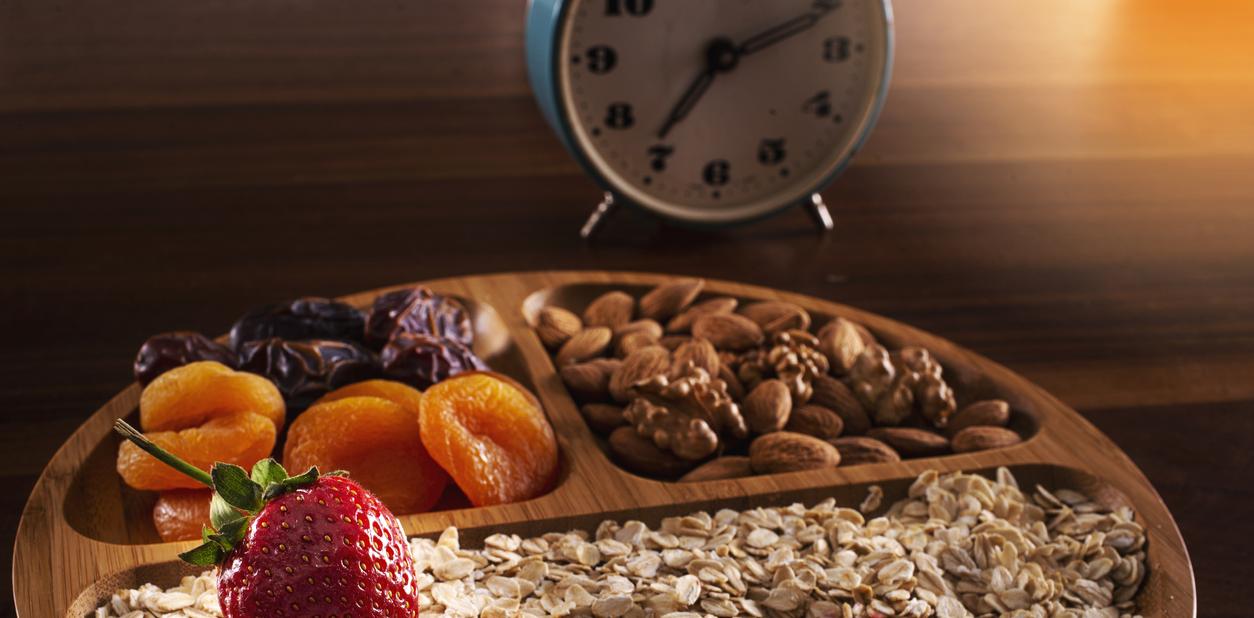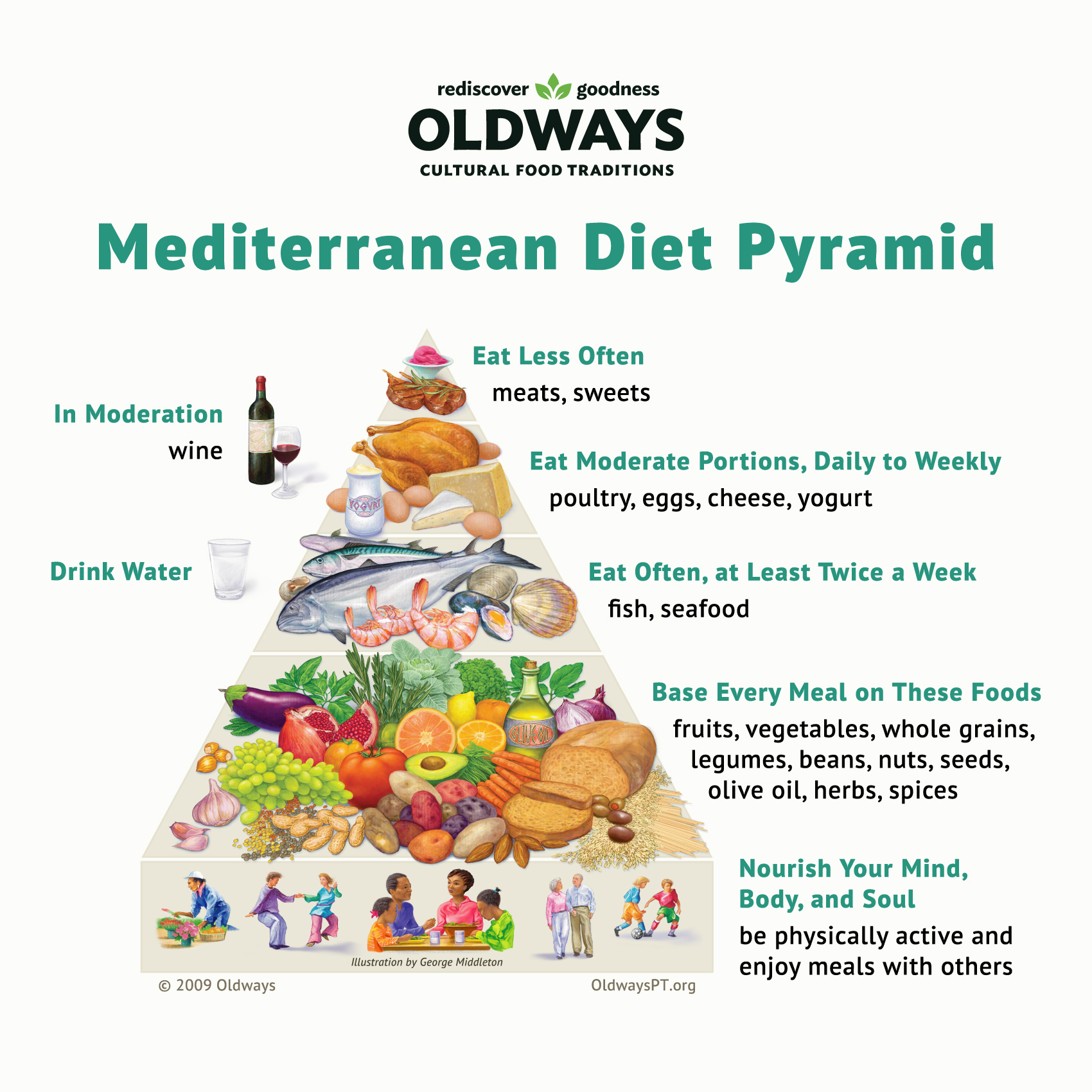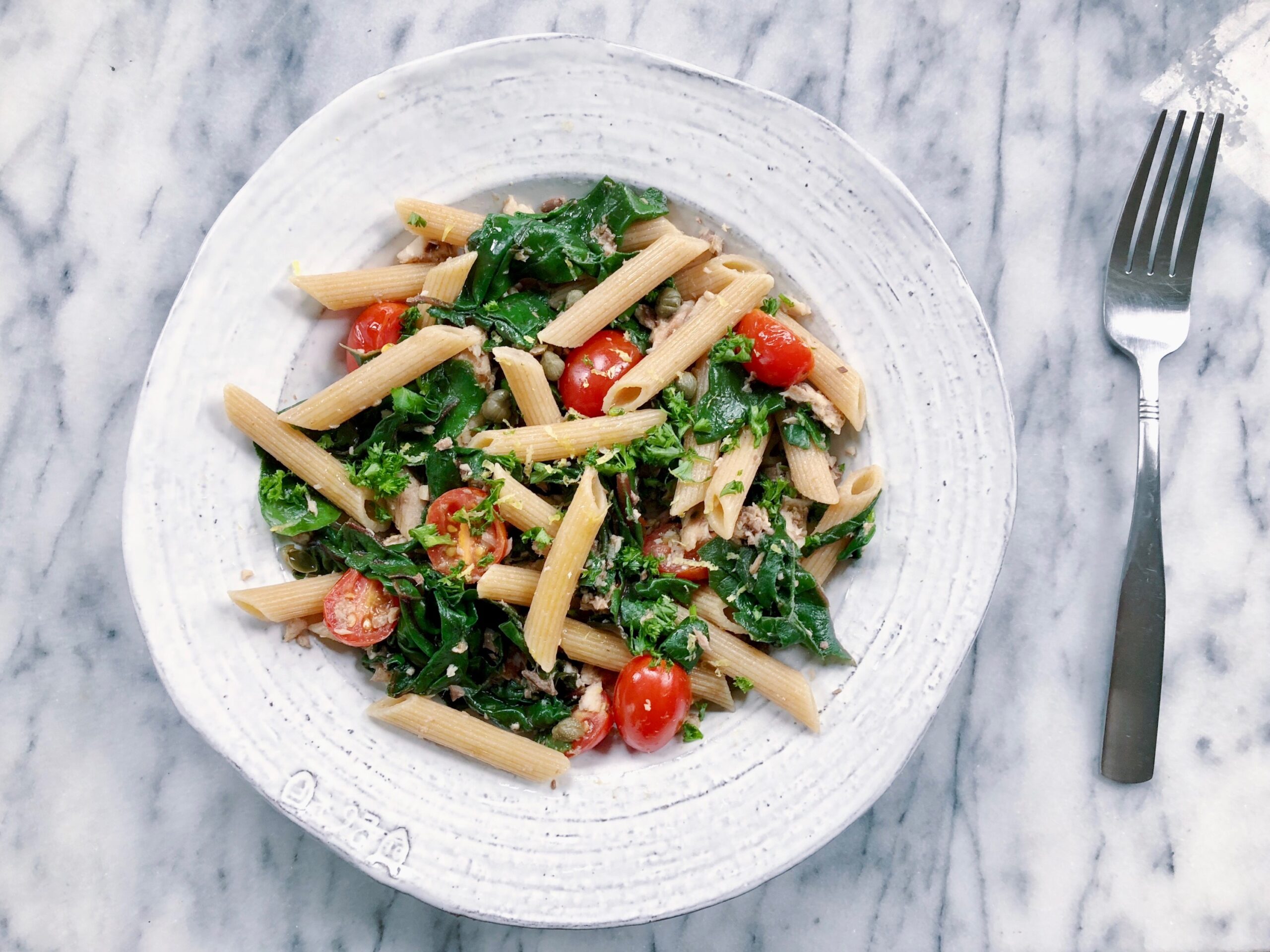The Mediterranean Diet Pyramid graphic is striking; the lush food illustrations provide wonderful inspiration for healthy and delicious Mediterranean dishes and meals. While youve certainly noticed the illustrations, have you also paid attention to the advice next to each part of the pyramid
Of great importance is the advice next to all the plant foods, which reads: base each meal on these foods. This means, when you’re starting to organize your breakfast, lunch or dinner, first decide which plant foods you’ll include in the meal. Of course, we’re not talking about eating all the plant foods at each meal, but the plants do receive top billing. It’s not the meat or the eggs at the center of your plate or your meal plan (a steak dinner or scrambled eggs), but rather the fruits, vegetables, whole grains, nuts and legumes, herbs and spices and healthy fats that are your starting point. The eggs and small amounts of red meat are the accompaniments, not the star.
To illustrate this point at meals throughout the day, and east to west, north to south around the Mediterranean Sea, let’s look at Mediterranean plant-focused breakfasts, lunches, and dinners.
Mediterranean breakfasts are usually quite simple, and are based around fruit, whole grains and even vegetables plant foods. In Greece, Turkey and the Eastern Mediterranean you’ll and a wide array of vegetables to pair with cheese, or seasonal fruit to be enjoyed with thick yogurt and honey. Regional whole grain breads are common, as is coffee, whether it is Turkish coffee, espresso, or even American coffee. For additional interesting Mediterranean breakfasts in other parts of the Mediterranean, follow this link to an earlier Fresh Friday focused entirely on breakfasts in the Mediterranean. In addition, the Oldways 4-week Mediterranean Diet Menu Plan (book or e-book) offers the Oldways 1-2-3 breakfast plan, inspired by Mediterranean breakfasts. The 1-2-3 plan breaks this meal into three categories: whole grains, fresh fruit or vegetables, and a source of protein (eggs or yogurt, for example) to make things simple: a whole grain + fruit or vegetables + protein = a Mediterranean breakfast.
Traditionally, lunch was an important meal that people returned home for and leisurely enjoyed with their families, rather than quickly eating in a cubicle by themselves. In Italy, lunch might be centered around a healthy pasta meal. In Greece, lunch might include a flavorful tomato, olive, cucumber, and feta salad, along with a small piece of grilled fish with lemon and olive oil. In Eastern Mediterranean countries, you might have falafel served alongside hummus, pita, and salads, and sometimes a vegetable or meat kebab. Lunch was (and still is, in some locations) followed by a mid-day nap, or siesta, which researchers think may be linked with lower blood pressure.
Dinner was not quite as big as lunch (perhaps a bean soup served alongside seasonal vegetables), and in places like Italy, is often followed by an evening walk, or passeggiata. Coming from the U.S., with such a rigid bedtime schedule and nighttime routine, it is quite a sight to see entire villages, children included, strolling around the main plazas at 9:00 pm or later.
In addition to the (mostly plant-based) foods that are eaten at each meal, what is also important about the Mediterranean diet is how and when meals are eaten. Dr. Marta Garaulet, one of our Mediterranean Scientific Advisors, has been fascinated by the impact of time (of day) meals are eaten and its relationship to health markers such as obesity, weight loss and gain, and some chronic diseases. Chronobiology is the study of biological rhythms, examining the effects of time on biological events and internal biological clocks. Dr. Garaulets recent research focuses on methods to improve the effectiveness in the dietary treatment of obesity using current techniques in chronobiology. Here’s what she has learned.
As she and her colleagues wrote in November 2019 in the journal Nutrients, The timing of eating can synchronize different organs and tissues that are related to food digestion, absorption, or metabolism, such as the stomach, gut, liver, pancreas, or adipose tissue. Studies performed in experimental animal models suggest that food intake is a major external synchronizer of peripheral clocks. Therefore, the timing of eating may be decisive in fat accumulation and mobilization and affect the effectiveness of weight loss treatments.
After reviewing multiple studies about the timing of the three main meals of the day, breakfast, lunch and dinner, they concluded that unusual eating time can produce adisruption in the circadian system that might lead to unhealthy consequences.
More specifically, in a paper in Physiology and Behavior published in 2014, Dr. Garaulet and her colleague wrote that the timing of the main meal was predictive of weight loss during a 20-week dietary intervention and that this effect was independent from total 24-hour caloric intake. The importance of caloric distribution across the day on weight loss therapy was supported by a recent 12-week experimental study showing that subjects assigned to high caloric intake during breakfast lost significantly more weight than those assigned to high caloric intake during the dinner.
For Americans, the main recommendations to take from Dr. Garaulets work are:
- Eat healthy Mediterranean meals, but not too late in the day.
- Be sure to have dinner at least two hours before going to bed.
Adding to Dr. Garaulets advice, at Oldways, our recommendation for daily Mediterranean meals is to start with the plants, and then plan around them. Look at the plant foods section of the Mediterranean Diet Pyramid, and build your Mediterranean meal around them, whether it be from the Eastern Mediterranean, North Africa, or southern Europe.
Buon appetito! Bon appetit! Kalí óreksi! Ayet olsun! Bom apetite! ¡Buen apetito! Bil hana! Bete-avon!
Want biweekly Med Diet information and recipes in your Inbox Sign up for our Fresh Fridays newsletter by clicking the Subscribe button at the bottom of this page!
Join the Make Every Day Mediterranean Club Facebook group for additional information and support.










